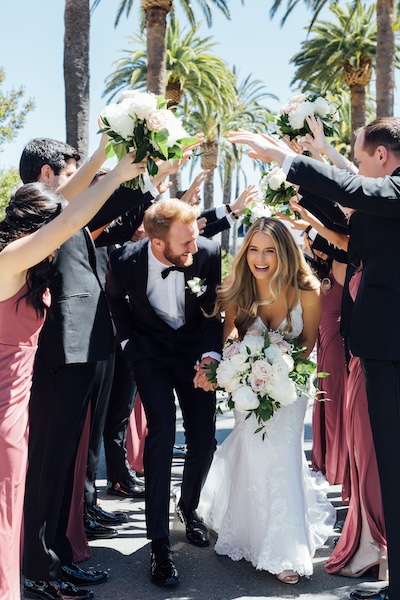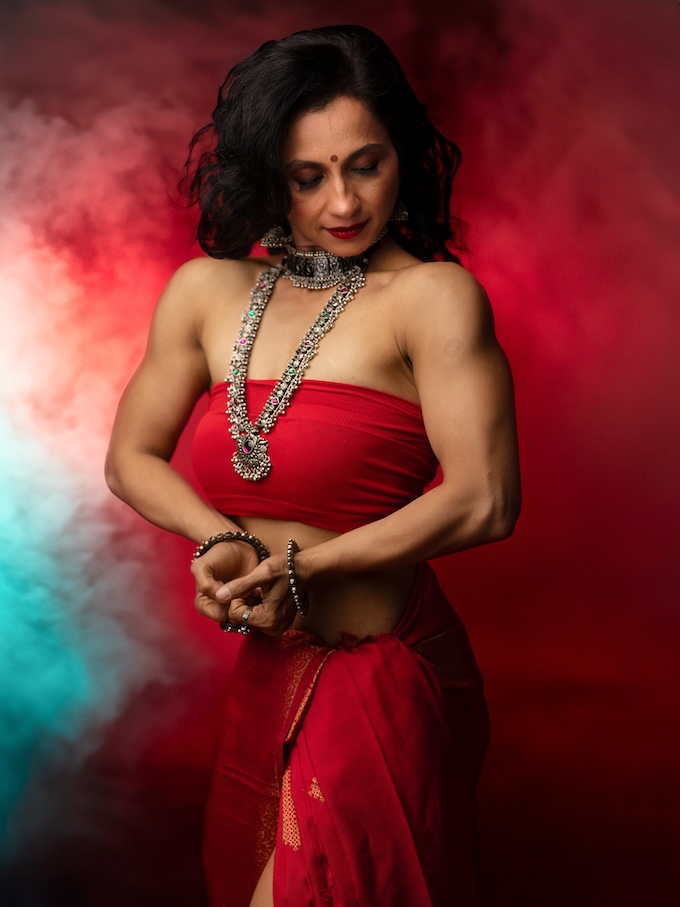Business + Marketing
Shooting on Film vs. Digital: The Pros and Cons
February 11, 2022
I’ve been photographing weddings since 2008 and have primarily shot medium-format and 35mm film for the majority of my career. Film has always been integrated into my pricing since the beginning. I was able to “grow” my business while shooting film because I took a slow and steady approach. The alternative—adding film into your business mid-career—feels like it would put a shocking dent into a photographer’s income. Still, it is doable, as long as you’re a capable photographer and can reach the right clientele.
[Read: Making Portraits Pop—Jen Huang’s Photography Fundamentals]
THE PROS AND CONS OF…
Shooting on Film Cameras
There’s good news and bad news about shooting film: Film cameras are generally less expensive than digital cameras, but they can be much harder to find. Because the camera industry has been moving towards digital in the last decade or two, it’s hard to find locations that service film cameras.
The Film Itself
The same goes for film. Film is increasing in price but decreasing in supply. Popularity of shooting film as a hobby has risen, but that doesn’t necessarily help with supply as most professional film photographers are not shooting generic stock images.
[Read: Best Natural Light for Photography—5 Types and Tips]
The three films that I shoot are Kodak Portra 400, Delta 3200 and Fuji 400H, all in 120mm (or medium-format) sizes. There are quite a few types of film on the market, but these are my favorite for shooting weddings and portraits—but the supply is dwindling. I can’t purchase them in bulk like I used to. Many film providers have begun rationing available rolls.
The Costs of Shooting on Film
In addition to purchasing film and cameras, you have to factor in the cost of storing your film, shipping film, and processing and scanning film. Here’s how it looks for me:
[Read: What Are the Costs of Being a Destination Wedding Photographer Who Shoots on Film?]
Every roll of film that I shoot gets stored in cold storage (a large fridge) until I’m ready to use the rolls. After my shoot, they’re packed and shipped to my lab in Los Angeles, Richard Photo Lab. My lab processes and scans the film, then they return the digital JPEGs and the actual physical negatives to me. This is an intense workload and requires patience and management.
Editing Film
On the one hand, film images require less editing than raw digital images, which saves time. However, they do not have the capacity to be edited beyond a certain extent, which means you can’t “save” an image that has been metered incorrectly. The consequences of poorly metered or shot film are astronomical, both emotionally and economically. It’s extremely risky unless you’re confident in your process.
Film in Your Business
For those who want to start shooting film, these seem like overwhelming, expensive problems. Take it one step at a time:
- Start integrating film into your personal work first. Experiment as much as your wallet allows and decide if it is realistic to begin adding it to your repertoire and your offerings.
- You may want to offer a film vs. digital option on your rate sheet and let your client make the decision—after all, there has to be a market for it. The clients who are drawn to film will want to spend the extra money on it.
- You could start by shooting film during shorter portrait sessions rather than at a longer wedding. Get comfortable with it before you ruin the best day of someone’s life!
Always make sure your expenses are covered. Eventually, you will be able to charge a premium for your services, so I think it’s still a worthwhile transition.
More than anything, you need to love shooting film. It is finicky and high maintenance, but the resulting images are hauntingly beautiful. To me, the result is well worth the trouble.
If you are interested in starting to shoot film and want to understand my particular philosophy behind shooting film, I have written an e-guide called The Art of Film.
Jen Huang is a fine-art wedding and portrait photographer who, over the last decade, has photographed in over 20 countries and on six different continents. A photography educator who offers a variety of instructional and inspirational materials, she’s an author of several guide books relating to wedding style, portraiture, the fine art of film and more.




